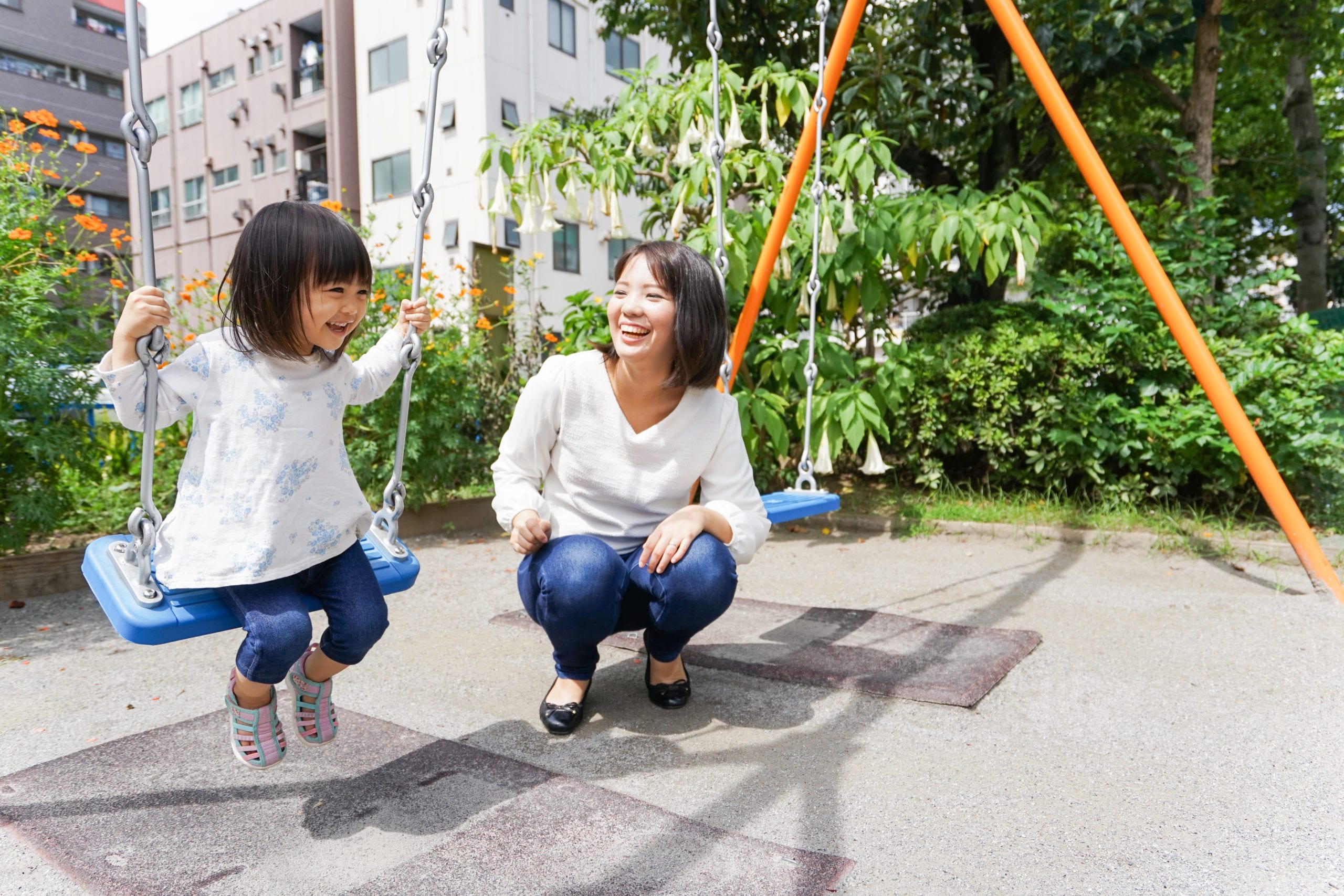When helping kids understand COVID-19, it is essential to remember that each child responds differently. Some children will be anxious and fearful, and some may not even be interested in discussing it. You can follow your child’s lead as to how much information they want to know and how long they want to talk about it.
No matter which category your child falls in, have at least one conversation to see how they are doing. This experience is new for everyone, so it is good to explain what is happening and allow them to ask questions. It also provides an opportunity to teach about processing emotion.
Why talk about it
Ignoring or pretending that COVID-19 doesn’t exist is often more frightening for a child. Simply saying their fears out loud can help them move through a negative emotion. There’s a variety of worries that your child may have: not seeing their friends again, falling behind in school, getting sick or others getting sick, etc. There may be other fears that aren’t as predictable too. Discussing concerns can help dispel much of what they are stressed about as they learn the reality of a possible situation.
Keep checking in with your child as more information and changes occur. You can also watch for other physical and emotional signs of anxiety that might indicate hidden anxiety that your child is not expressing.
Some common signs of anxiety are:
- Excessive worrying
- Restlessness during waking hours
- Easily fatigued
- Difficulty concentrating
- Irritability
- Muscle tension
- Sleep disturbance
- Unexplained headache, stomachache, or hives
If you believe your child is struggling with anxiety, start by contacting your child’s pediatrician for further evaluation and referrals.
How to talk about COVID-19
Plan a specific time to talk with your child(ren) uninterrupted. Begin by explaining the basics of what the virus is and why it’s important to remain separated from others for a time. Follow their lead on how much information and understanding they want of the actual virus and its history. If they’re worried about getting sick or what could happen if they or somebody they know gets sick, you can explain more detail about the likelihood and what could happen. Try to stay factual and not focus on the unknowns.
Once they understand the basics of COVID-19, explain how it will change their routine and everyday life. Since the timeline and effects are unknown to everyone, they may still feel some uncertainty or anxiety. This is when you can move into discussing specific emotions and teaching them how to cope with those emotions.
Teach how to label and express emotions
One positive in helping kids understand COVID-19 is that it provides a unique opportunity to teach your child new skills. Expressing emotions, calming down, and Effective Communication are all skills that work well with processing emotion. Help your child learn the names of different emotions and how to identify what it is they are feeling. Once they can label the emotions, help them learn about coping skills and explore what works best for them.
When you decide what skill is best for your child, use Preventive Teaching to introduce and practice the new skill. A major part of Preventive Teaching is using Role-play to practice and reinforce what they have learned. Role-play will help your child feel more comfortable using the new skill and will help replace the old past behaviors they turned to before.
With the extra time at home, you can also work on other behavioral skills. You can help your child practice and become natural at using a new skill before they begin interacting outside the home again.
Model positive behavior
Your children will look to you to know how to respond. If you are responding with panic and fear (or irritation and anger), then they will mirror those emotions. You may be feeling those emotions, and it’s okay for your child to know how you are feeling, but show them how to respond in a healthy way. Model how to express your emotions appropriately and apply healthy coping skills.
If you are preoccupied and continually watching the news for updates or focusing on the negative, that’s what they will hear too. Instead, take the opportunity to help your child see and be part of the positive in the world during this uncertain time.
A major part of helping kids feel safe is through providing opportunities to talk. You can also begin helping kids understand COVID-19 by explaining its effect on them and others around them. Once your family falls into a routine, many of the uncertain emotions will calm down. But the skills you teach now will help them establish a healthy pattern for other situations when this situation is over.
If possible, spend more one-on-one time with your children. Doing something different and unique with your kids that you couldn’t do before will help make this time positive. It will also build a stronger relationship and could even heal and elevate your family in a new way.

